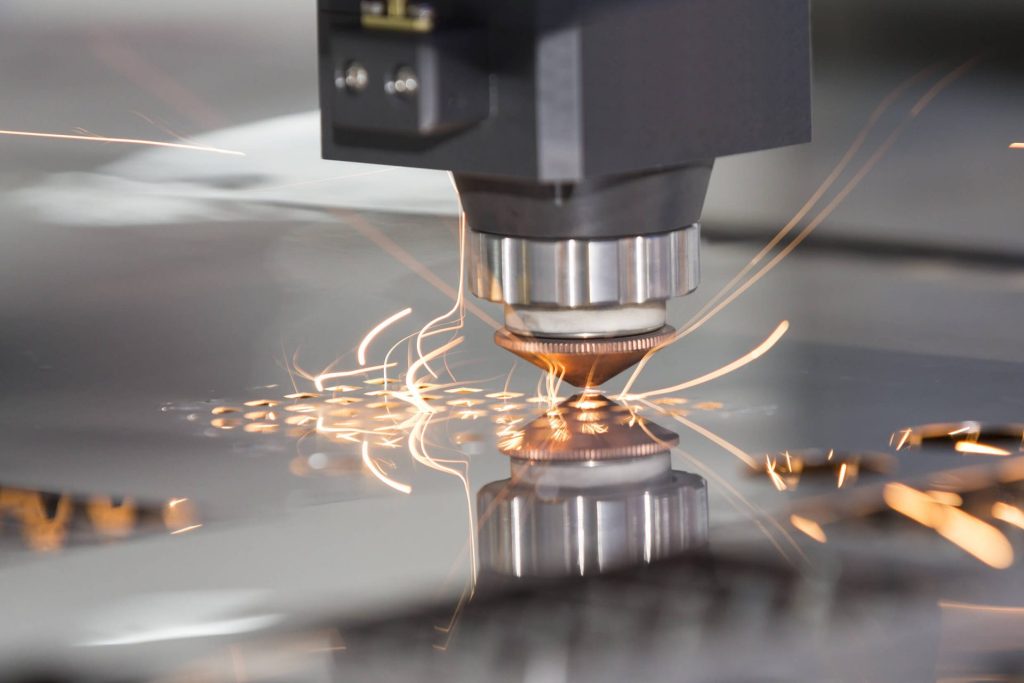By using dynamic toolpaths CNC programmers will achieve the highest quality results, while keeping cut-off time and air. They also improve the machine’s utilization.
PSO is an algorithm for social networks that takes the most efficient path to achieve balance between exploration and exploitation.
Efficiency Strategies
An instrument that has a non-optimized path may cause more trouble to cut a piece than it is. It will also get worn out quicker, use greater energy, and may have less long life. The tool path that is optimized, however will ensure that the machine is only cutting the required amount of material and reduces cycles and the amount of energy consumed.
The other important element is the capacity to limit force deflection and avoid damaging parts or the machine’s quality. There are a variety of methods used to accomplish this.
Genetic algorithms, like Adaptive Convergence Optimization (ACO) and Particle Swarm Optimization (PSO) utilize concepts that are derived from evolution and natural selection to enhance the effectiveness of tools by merging and developing routes that are efficient. These strategies often create effective toolpaths for complicated geometries that would be difficult to tackle by other techniques. ACO and PSO can also detect problems that arise from position (e.g. fast motions that cause damage to the material in-process) and limit the movement according to programmatic feed rates to protect the tool.

Optimizing Toolpaths
There are many types of tools path optimization strategies offer many benefits in making your work more efficient, saving money as well as increasing the precision. Whether you are trying to reduce cycle time or increase the surface finish or even extend the life of your spindle Dynamic tool path optimization provides new ways to make it take place.
The algorithms search for the optimal path through iterations, or “generations”. These algorithms are able to take into account the parameters and the machining requirements that your CNC machine is operating in order to select the most appropriate route.
The algorithms are taught by interfacing with the environment of machining by adjusting the tools while they work and evolving in time. They are able to adapt to changes in the process of machining. The result is an improvement in the overall toolpath which increases the productivity and durability of aerospace and medical components. In addition, it also improves machining performance by reducing tool energy consumption. This saves businesses money and permits them to offer quotes that are competitive in an industry that is price dependent.
Techniques
CNC machining is complex and labor-intensive, however advancements in optimization of the toolpath are making the process quicker and more precise. Utilizing a range of algorithms such as genetic algorithms, ant colony optimization as well as particle swarms optimization as well as deep learning, machine makers can attain unprecedented amounts of efficiency and accuracy.
Innovative Algorithms
Genetic algorithms employ the principles of natural selection to discover the most efficient tool paths and adjust the route with each iteration to improve upon its predecessor. Swarm-intelligence algorithms like ACO and PSO draw inspiration from behaviours of swarms, including that of flocks of birds and fish schools, to optimize the path. They are adept at setting the proper balance between exploration and profit, which makes them ideal for environments with a lot of activity like a machine shop.
The toolpath is optimized by reinforcement learning. It focuses on specific goals such as reducing the force of the cutter, and removing the over-cut. The algorithms are trained by studying information and communicating with the machine’s environment and continuously enhancing the toolpath in response to actual feedback.
Benefits
Using advanced CAM software that optimizes tool paths helps to achieve substantial improvements in the machined part’s accuracy. Accuracy increases reliability, and also expands the design possibilities.
A poor tool path can lead the program to skip between multiple hits, or even sequence these in a way that is not productive. It can look messy and chaotic. The path optimized for efficiency may comprise an array of clean rectangles or quick jumps to avoid unnecessary traverses or to minimize total length of path.
VERICUT Force optimization helps reduce cycle time by avoiding unnecessary positioning motions or by reducing the rate of feed when going into or leaving the material. Users are able to operate CNC machines at a much faster speed while maintaining optimal rate of feed. In reducing the machine’s and operator’s duration, khac laser fiber kim loai operators can dramatically increase production efficiency and reduce manufacturing costs. When using the proper tools, shearing force can be delivered to the substance most effectively.